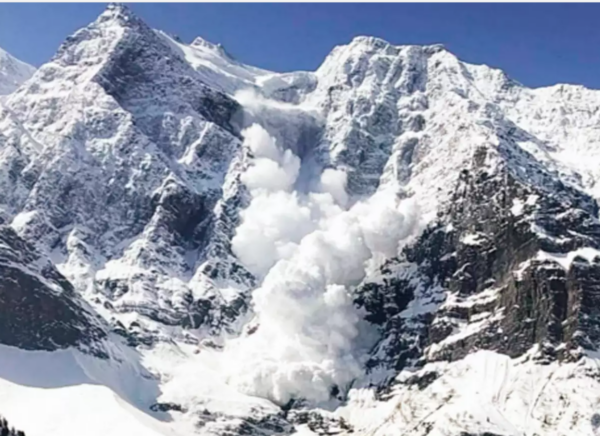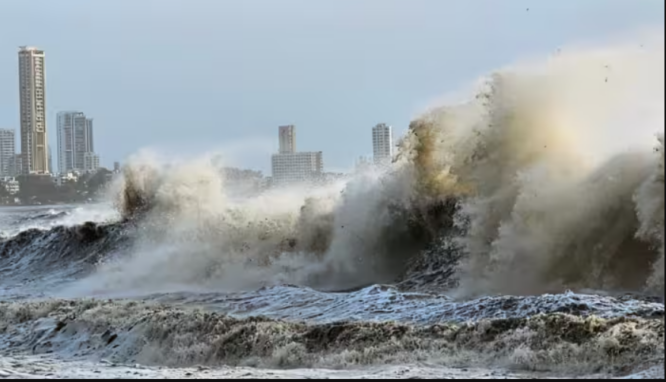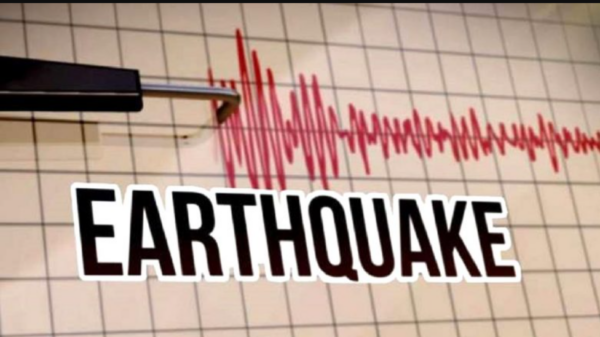On Tuesday, an avalanche struck Gangtok, the capital of Sikkim. Six visitors were killed, and 150 more were believed to be stuck in the snow. Four men, a mother, and a kid were killed. The event occurred at about 12:20 p.m. on Jawaharlal Nehru Marg, which connects Gangtok to Nathu La Pass.
Collision at Mileage 14

Passes to the 13th Milestone in the accident location are granted. There is no authorization to proceed. According to reports, the visitors continued until the 14th Milestone on Jawaharlal Nehru Marg, when the disaster occurred. The Border Road Organization launched a rescue mission right away. There have been 22 rescues. Six of them were rescued from a steep gorge.
Avalanche forecasting is not feasible.

Scientists have yet to determine when and where an avalanche may occur. Avalanche hazard may be estimated using only snow accumulation, temperature, and wind conditions. Several snow skiing regions have avalanche control crews stationed.
To avoid avalanches, some ski area patrols deploy explosives. They cannonball any risky slopes to avoid avalanches from occurring from loose or fresh snow accumulation. A special military force is dispatched to manage avalanches in Canada and Switzerland’s high mountains. Strong constructions are developed in several Swiss alpine communities to protect dwellings from snow buildup.

What exactly is an avalanche?
An avalanche or avalanche is a fast fall of snow or stone down a steep slope. Snow, rock, dirt, and other materials flow fast down a mountain during an avalanche.

An avalanche generally begins when material on the slope of a mountain, such as snow or rock, breaks free from its surroundings. Following this, they begin swiftly descending towards the bottom of the slope, gathering more items at the bottom of the slope. Landslides are caused by the movement of rocks or dirt.
Avalanches are classified into three types:
- Avalanches of big rocks are known as rock avalanches.
- Avalanches occur when snow falls in the form of powder or huge chunks. They are frequently seen near glaciers or on glaciers.
- Avalanches of debris: They are made up of a range of materials, including rock and earth.
What causes an avalanche to start?
This occurs primarily in two ways: first, on previously existing snow on the slopes, as the weight rises due to snow, the snow begins to slide down, generating avalanches. Second, avalanches occur in the summer owing to the melting of snow caused by sunshine.
A huge, fully grown avalanche can weigh up to one million tonnes, or one billion kilograms. Its speed when dropping from the mountains might range from 120 kmph to 320 kmph or higher.
Avalanches are more likely to occur in the winter, from December to April.




